DEFENCE SECTOR

In light of the increasing performance, safety and environmental compliance requirements imposed by defence standards, the Fiberban™ process represents a major innovation in the field of multifunctional insulation materials. Developed from the recycling of non-hazardous waste, this patented technology produces a natural, fire-resistant, thermal and acoustic insulator that meets the sustainability and reliability criteria required for modern military applications.
Fiberban™ material meets the main defence standards and benchmarks, particularly in terms of fire resistance (ISO 1182, ISO 1716, EN 13501-1), environmental compatibility (REACH, RoHS), as well as directives related to personnel safety and non-toxicity of components. Its stable fibrous structure ensures excellent thermal inertia, high sound absorption and mechanical resilience compatible with the extreme stresses of operational environments.
In addition, the Fiberban™ process contributes to the energy transition and eco-design objectives set by sustainable defence policy by reducing dependence on high-carbon materials and promoting the circular economy.
Thanks to its technical robustness, safety in use and compatibility with NATO standards (STANAG) relating to thermal resistance, fire resistance and smoke toxicity, Fiberban™ is establishing itself as a strategic solution for the insulation needs of the defence sector, combining operational performance, regulatory compliance and environmental responsibility.
The global market for insulation used in defence, including infrastructure, military vehicles, electronic systems, technical textiles and civil engineering applications, is estimated to be worth US$10.7 billion in 2025.
This market is fuelled by the continued growth in demand for fireproof, thermal and acoustic materials, which are essential for modernising armies and securing operational environments.
In this context,
Produced using a patented process for recycling non-hazardous waste, this material combines fireproof, insulating and ecological properties, while maintaining a structural lightness and thermal stability superior to conventional insulators. These characteristics make it a high value-added product that meets the regulatory and environmental requirements of players in the defence sector.
By targeting 2% of the global defence insulation market, Fiberban™ could achieve potential sales of USD 214 million.
This result is based on the following combination:
This 2% scenario is realistic given the potential for standardisation of the material in several value chains: modular infrastructure, on-board equipment, protective clothing, insulating components and technical seals.
In the long term, the extension of the Fiberban™ process to other fields (aeronautics, space, civil engineering, pipelines, etc.) could double or triple this potential, positioning the technology as a major player in sustainable and strategic insulation worldwide

thumb_upMajor player in the design of armoured vehicles, land systems and military infrastructure. Strong focus on reducing thermal and acoustic signatures. Actively seeking innovative, lightweight and fire-resistant materials.
tips_and_updatesPropose Fiberban™ as a fireproof and acoustic insulator for internal armour, engine compartments and modular shelters. Present prototypes for testing on vehicles or temporary infrastructure.

thumb_upWorld leader in defence and aeronautics, integrating cutting-edge technologies in extreme environments. Strong commitment to the sustainability and safety of the materials used.
tips_and_updatesPresent Fiberban™ as a thermal and acoustic insulation solution for aircraft, hangars and on-board servers. Offer an exclusive North American licence or collaboration on a demonstration programme.

thumb_upSpecialist in electronic systems, radars, sensors and embedded technologies. Strong interest in low-emission, vibration- and heat-resistant materials.
tips_and_updatesPosition Fiberban™ as an insulation material for sensitive electronic modules, radar shelters and command centres. Propose a sustainable defence R&D partnership within the framework of European projects.
The Fiberban™ process opens up a particularly wide range of applications in the defence sector, thanks to its fire-retardant, thermal, acoustic and mechanical properties, combined with an environmentally friendly and non-toxic design. Produced from the recovery of non-hazardous waste, this multifunctional material meets military requirements for resilience, safety, energy performance and sustainability.
With its unique characteristics, Fiberban™ is a strategic solution for modern defence, capable of replacing or complementing more expensive and hazardous synthetic materials.
Its ability to adapt to extreme environments, its compatibility with NATO standards (STANAG) and REACH/RoHS directives, and its recycled production make Fiberban™ a material of the future for the protection, insulation and sustainability of defence systems.
 Made from recycled non-hazardous waste, Fiberban™ helps to reduce the carbon footprint while recycling previously unused materials.
Made from recycled non-hazardous waste, Fiberban™ helps to reduce the carbon footprint while recycling previously unused materials.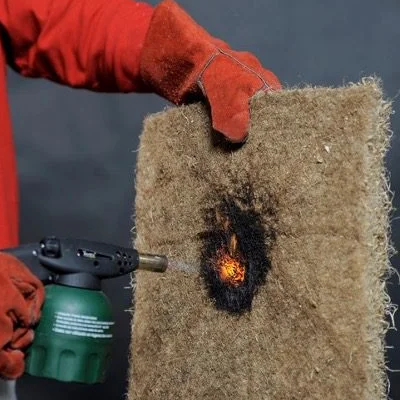 Effectively resists heat and fire, ensuring greater safety in buildings.
Effectively resists heat and fire, ensuring greater safety in buildings.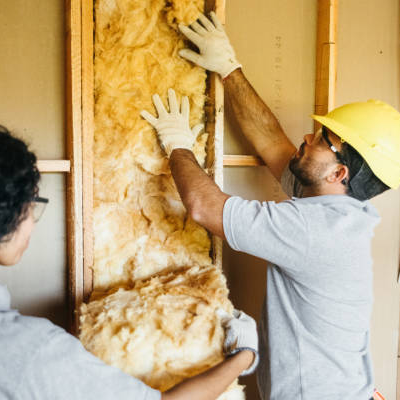 Limits energy loss by providing excellent thermal insulation in both winter and summer.
Limits energy loss by providing excellent thermal insulation in both winter and summer. Reduces noise pollution, improving the acoustic comfort of interior spaces.
Reduces noise pollution, improving the acoustic comfort of interior spaces.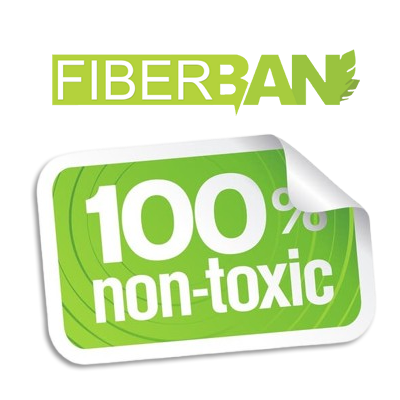 Unlike asbestos, Fiberban™ is harmless to human health and has a long service life.
Unlike asbestos, Fiberban™ is harmless to human health and has a long service life.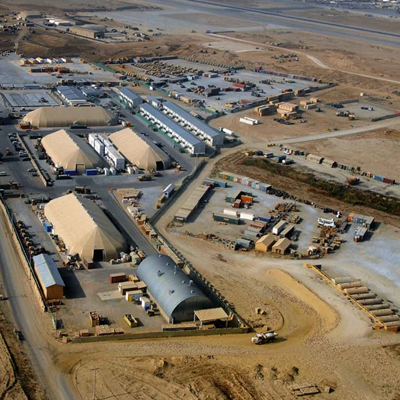
Fiberban™ can be used for insulation and protection in:
The combination of its thermal performance and fire-retardant properties provides enhanced protection against the risks of overheating, fire spread or accidental explosion

Thanks to its lightness and strength, Fiberban™ can be integrated into various types of mobile platforms:
These applications contribute to acoustic discretion, thermal protection of on-board systems and crew safety
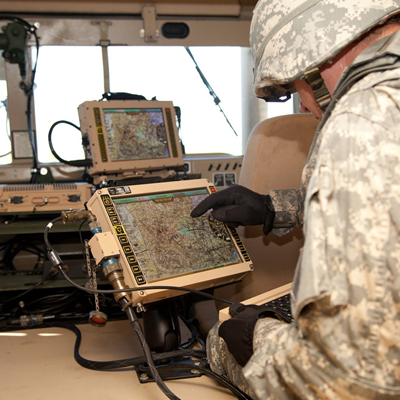
Fiberban™'s structural stability and vibration damping properties make it suitable for protecting critical equipment:
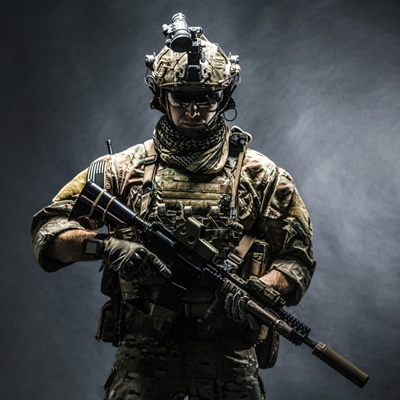
Fiberban™ can be incorporated into personal protection and safety products for military personnel, such as:
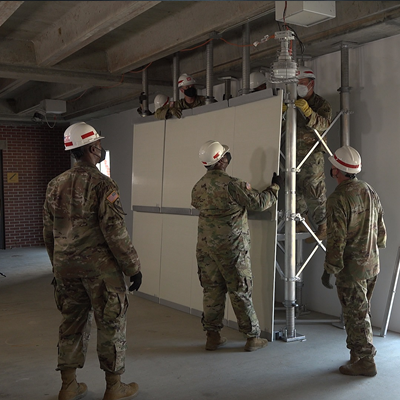
The versatility of the material also allows it to be used in maintenance, infrastructure and logistical support activities:
Faced with increasing demands for sustainability, safety and performance in the defence sector, Fiberban™ is positioning itself as a strategic technology with strong potential.
Produced using a patented and sustainable process, this natural, fire-resistant, thermal and acoustic material has a variety of applications: insulation for military infrastructure, internal armouring, technical textiles, seals, adhesive surfaces and sensitive electronic systems.
*Gradual expansion and international adoption (2% of the market) approximately $10.7 billion in 2025 and is expected to reach $14 billion by 2030
Global, non-exclusive
Royalty of revenue generated
Initial entry fee
